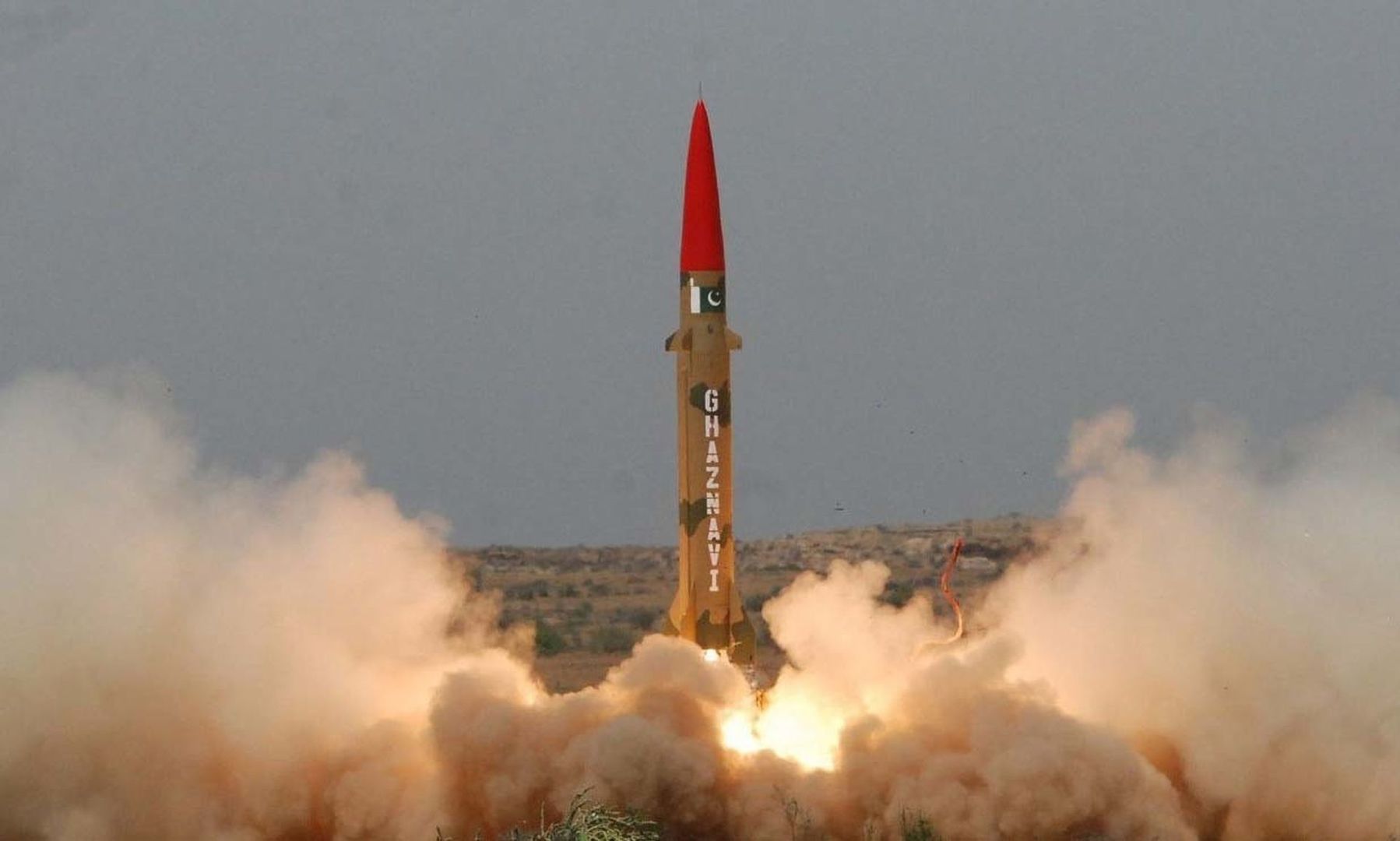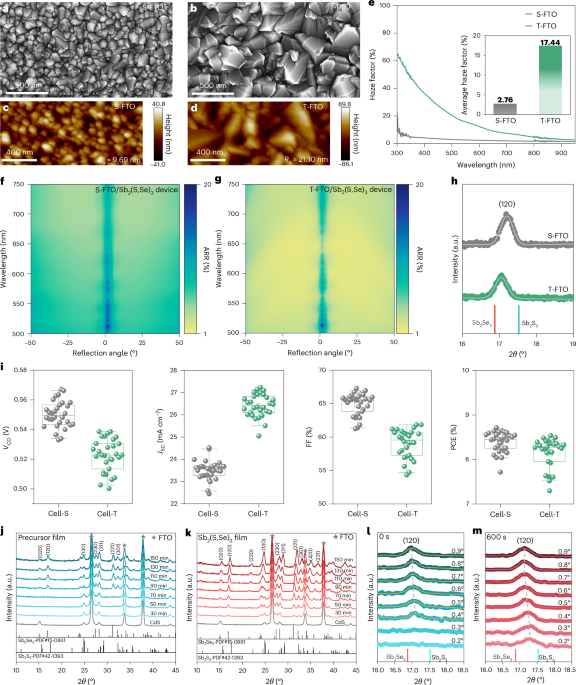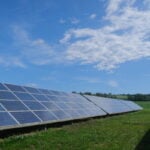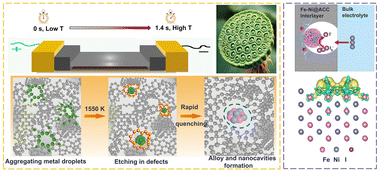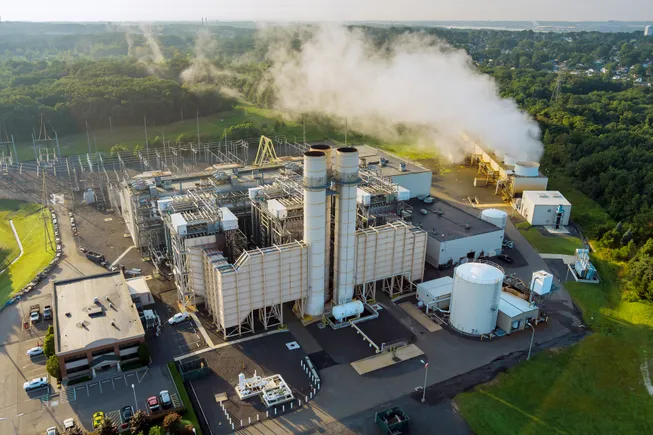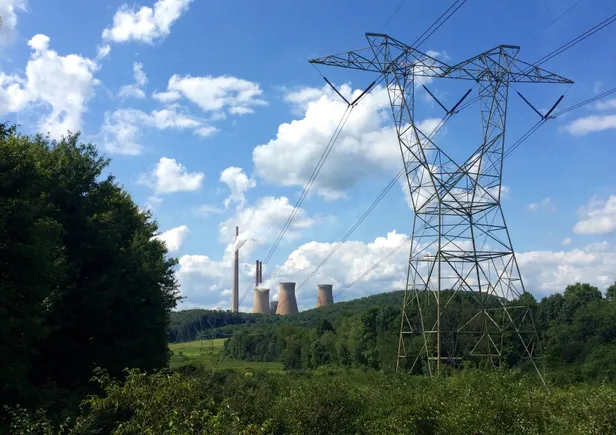Bimetallic Organic Framework‐Derived 3D Hierarchical Ni–Cu/MWCNTs as Anode Catalysts for High‐Performance, Durable Direct Urea Fuel Cells
Advanced Energy Materials, EarlyView.

Bimetallic organic framework-derived 3D hierarchical Ni–Cu/MWCNTs as anode catalysts exhibit stable urea electrooxidation reaction kinetics with good durability in direct urea fuel cells, facilitated by the hollow ball-like architectures composed of carbon shell-encased Ni–Cu nanoparticles in carbon nanotubes (Nix-Cuy/MWCNTs).
Abstract
The electrochemical urea oxidation reaction (UOR) is substantiated as a promising pathway for transforming waste into renewable power. Hollow ball-like architectures composed of 3D carbon shell-encased Ni–Cu nanoparticles in multi-walled carbon nanotubes (Nix-Cuy/MWCNTs) have been synthesized, utilizing a bimetallic organic framework as a soft template in conjunction with chemical vapor deposition. The configurational and electronic traits of the as-formulated catalysts and their impact on charge-transfer processes are elucidated with density functional theory, and their influence on UOR kinetics is then explicated with various electrochemical techniques. The hierarchical porous hollow spherical bundles of Nix-Cuy/MWCNTs accelerate urea utilization efficacy, as their interior and exterior surfaces are exposed to urea fuel. The synergistic interaction between bimetallic nanoparticles and graphitic carbon helps enhance the electron conduction pathways, electrocatalytic activity, and anti-poisoning ability toward UOR. Compared to commercial Ni/C, the Nix-Cuy/MWCNTs catalyst enables direct urea fuel cells (DUFC) with a high-power density (47.3 mW cm−2) and longevity (200 h), benefiting from the energetically favored oxidation of UOR intermediates and suppressed N─C bond cleavage facilitated by the surface and interstitial vacancies in Nix-Cuy/MWCNTs. Moreover, 32.7 mW cm−2 along with resilience against human urine fuel is achieved in DUFC, opening up research endeavors in sustainable energy development.





























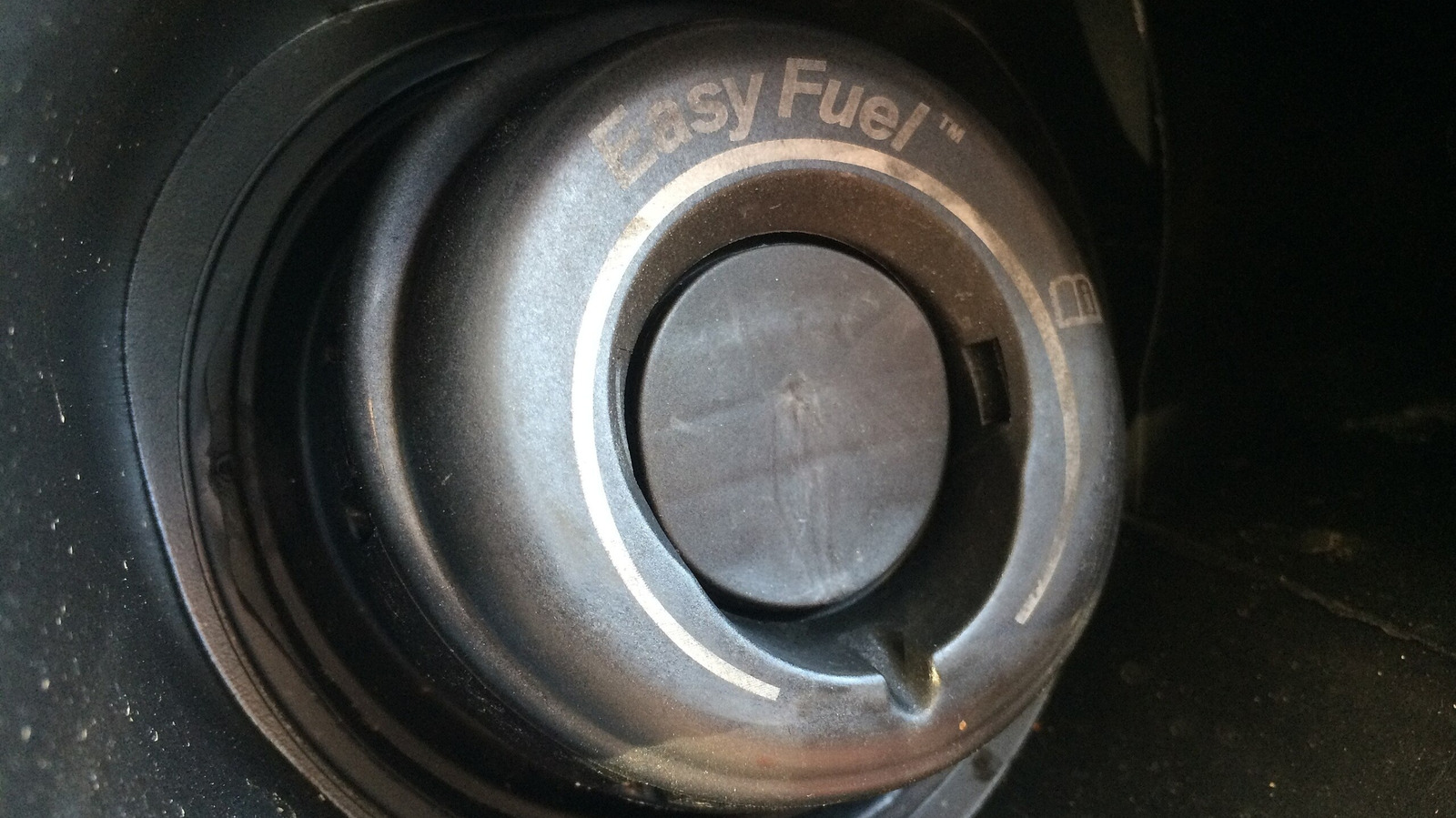







































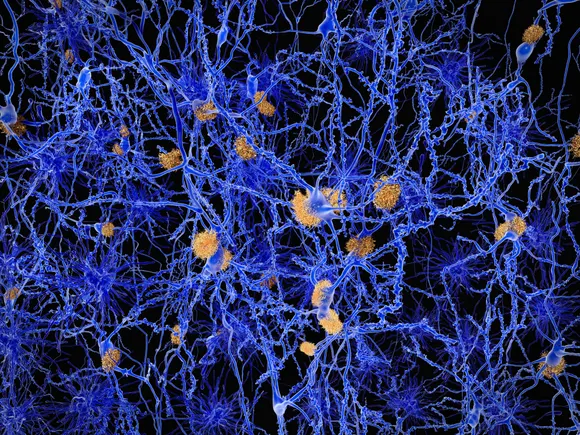





















![The Weekly Break Out Ep. 21: Hegseth on the Hill and the F-35’s radar [Video]](https://breakingdefense.com/wp-content/uploads/sites/3/2025/06/ep-21-thumb-play-button.jpg?#)
